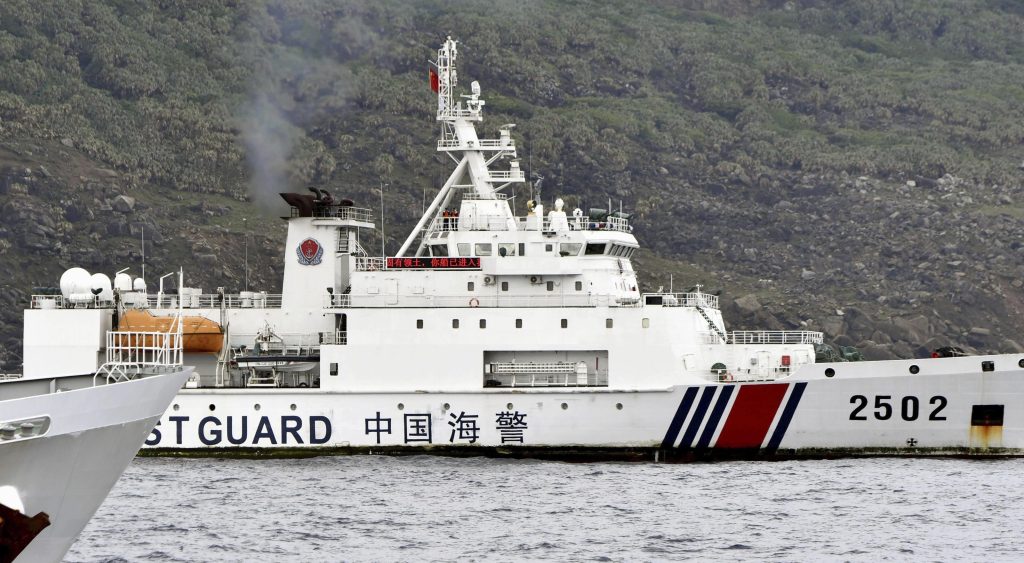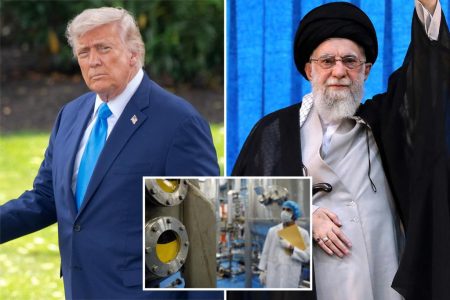The escalating tension surrounding the Senkaku Islands, a small archipelago in the East China Sea, continues to be a focal point of contention between Japan and China. Administered by Japan, but claimed by both China (who refer to them as the Diaoyu Islands) and Taiwan (who call them the Tiaoyutai Islands), the islands have become the stage for a persistent display of maritime power projection by China. On Tuesday, four Chinese coast guard vessels, equipped with autocannons, were spotted near the islands, further fueling the ongoing dispute. This incident underscores the strategic importance of these islands and the complex geopolitical dynamics at play in the region.
The latest incident follows a pattern of increasingly assertive patrols by Chinese coast guard vessels in the waters surrounding the Senkaku Islands. This escalation began in 2012 after Japan nationalized its control of the islands, a move that drew strong protests from Beijing. The presence of autocannon-armed vessels highlights the potential for these patrols to escalate into armed conflict. While the Chinese vessels remained within the contiguous zone, a 24-nautical mile band outside Japan’s territorial waters, as defined by the United Nations Convention on the Law of the Sea (UNCLOS), their persistent presence underscores China’s determination to assert its claim over the islands.
The frequency of Chinese coast guard presence near the Senkakus has reached record levels. According to reports, Chinese ships were spotted in the contiguous zone for 355 days in 2024, surpassing the previous year’s record of 352 days. This near-constant presence serves as a visible demonstration of China’s commitment to challenging Japan’s control over the islands and underscores the growing assertiveness of the Chinese coast guard in the region. The U.S. Department of Defense has also highlighted this trend in its annual report on Chinese military power, emphasizing the role of the Chinese coast guard as the “front-line force” for protecting China’s maritime claims.
The Chinese government maintains that the Diaoyu Islands are an inherent part of Chinese territory and that their patrols in the surrounding waters are justified. They dismiss Japan’s protests as unwarranted, asserting their sovereign right to operate in the area. This stance reflects China’s broader maritime strategy in the East and South China Seas, where it has been increasingly assertive in claiming disputed territories. The Chinese coast guard, boasting the world’s largest maritime law enforcement fleet, plays a crucial role in enforcing these claims.
Japan, while expressing concern over the increasing Chinese presence, has adopted a cautious approach. Government officials have emphasized the importance of a calm and resolute response, avoiding actions that could escalate the situation. This measured approach reflects Japan’s awareness of the potential for miscalculation and the desire to avoid a direct military confrontation with China. The delicate balance between defending its territorial claims and preventing further escalation remains a key challenge for Japanese policymakers.
Looking ahead, it is highly probable that the Chinese coast guard will maintain its near-constant presence near the Senkaku Islands. The key question remains whether China will escalate its actions further by deploying naval warships to the area. Such a move would significantly raise the stakes and increase the risk of a military confrontation. The ongoing dispute over the Senkaku Islands serves as a microcosm of the broader geopolitical tensions in the region, and its evolution will continue to be closely watched by regional powers and the international community. The potential for miscalculation and escalation remains a serious concern, and the need for diplomatic solutions becomes increasingly urgent.










